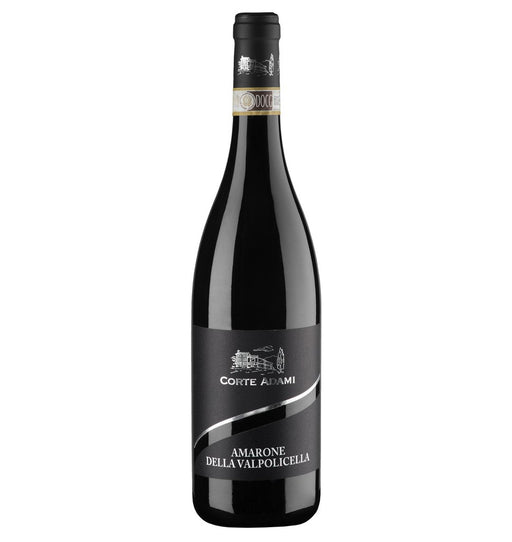Corvina/Corvinone
Corvina is an Italian wine grape variety that is sometimes also referred to as Corvina Veronese or Cruina. It is mainly grown in the Veneto region of northeast Italy. Corvina is used with several other grapes to create the light red regional wines of Bardolino and Valpolicella that have a mild, fruity flavour with hints of almond. These blends include Rondinella and Molinara. It is also used for the production of Amarone and Recioto.
Corvina produces light to medium body wines with a light crimson colouring. The grapes' naturally high acidity can make the wine somewhat tart with a slight, bitter almond note. The finish is sometimes marked with sour cherry notes. In some areas of Valpolicella, producers are using barrel ageing to add more structure and complexity to the wine. The small berries of Corvina are low in tannins and colour extract, but have thick skins that are ideal for drying and protecting the grape from rot.
The Corvina vine ripens late and is prone to producing high yields which can negatively impact wine quality. During the growth cycle of the grape vine, the first few buds do not produce fruit. The vines need to be trained along a pergola which allows for a long cane that can produce more buds.
In the Veneto, Corvina is often confused with Corvinone, a red grape usually used in the production of appassimento wines. For a long time, Corvinone was considered a clone of Corvina but DNA profiling has shown that they are two different varieties. In 2005, DNA evidence showed that Corvina was a parent variety to the Venetian grape Rondinella.
Corvina produces light to medium body wines with a light crimson colouring. The grapes' naturally high acidity can make the wine somewhat tart with a slight, bitter almond note. The finish is sometimes marked with sour cherry notes. In some areas of Valpolicella, producers are using barrel ageing to add more structure and complexity to the wine. The small berries of Corvina are low in tannins and colour extract, but have thick skins that are ideal for drying and protecting the grape from rot.
The Corvina vine ripens late and is prone to producing high yields which can negatively impact wine quality. During the growth cycle of the grape vine, the first few buds do not produce fruit. The vines need to be trained along a pergola which allows for a long cane that can produce more buds.
In the Veneto, Corvina is often confused with Corvinone, a red grape usually used in the production of appassimento wines. For a long time, Corvinone was considered a clone of Corvina but DNA profiling has shown that they are two different varieties. In 2005, DNA evidence showed that Corvina was a parent variety to the Venetian grape Rondinella.
-
 Sold out
£33.89
Sold out
£33.89Corte Adami Amarone Della Valpolicella 2018
Corte AdamiCorte Adami Amarone Della Valpolicella displays ripe cherry fruit, exotic oriental spices, cocoa, liquorice and floral aromas. The palate is powerf...
View full details
Sort by

